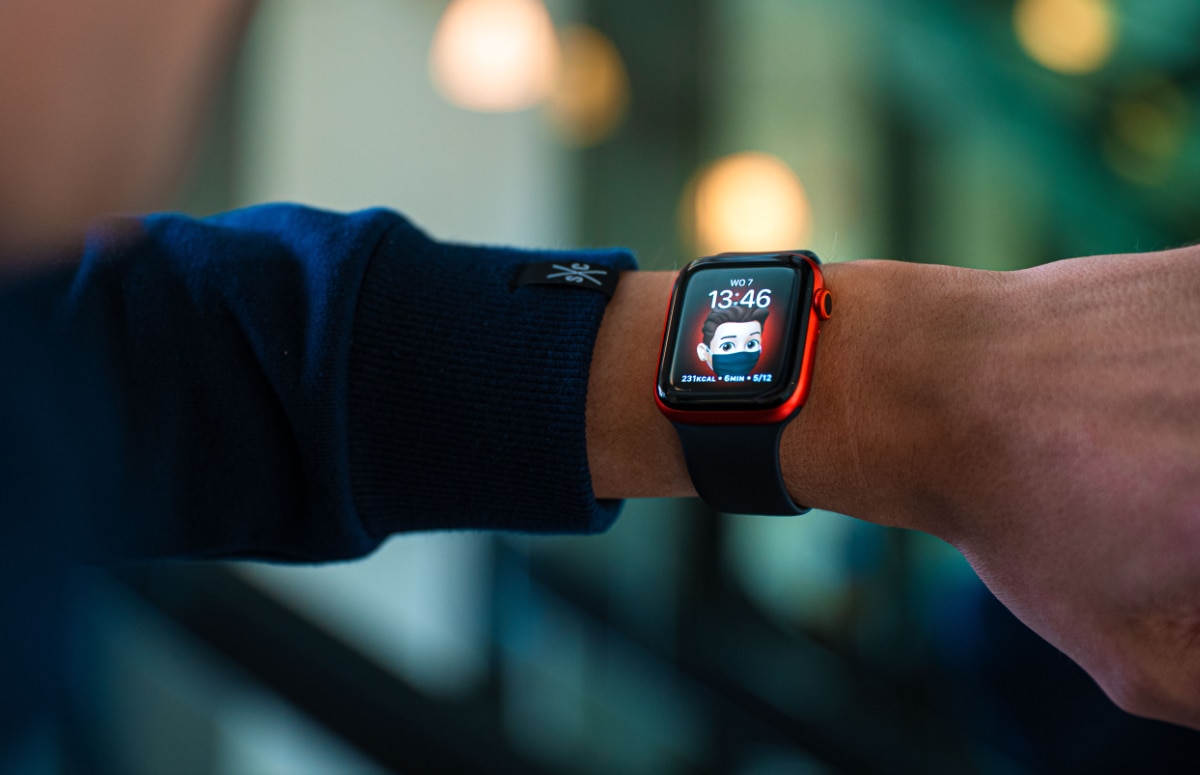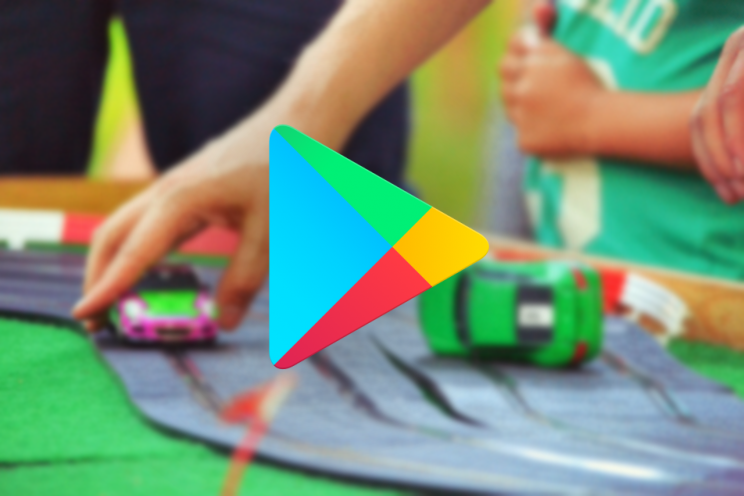The 4 best smartwatches with heart rate and oxygen saturation monitor
Most wearables and smartwatches now have a heart rate monitor, but recording your blood oxygen level is also becoming increasingly popular. These are the best options.
Read on after the ad.
Contents
1. Apple Watch Series 6
If you have an iPhone and the money for it, an Apple Watch is without a doubt the best smartwatch for you. The close collaboration between the iPhone and Watch makes most things possible by far. Do you want a specific Watch with a heart rate and blood oxygen meter? Then the Apple Watch Series 6 is your only option at the time of writing.
The heart rate monitor of the Apple Watch has been working excellently for years and independently takes several measurements during the day. During a workout, your heart rate can even be continuously monitored. Measuring your blood oxygen level also works, but less well. The Saturation app that you use to take the measurements often gives an error message. If a measurement is successful, it is nicely saved in the Health app, so that you can always see it again.
The Apple Watch Series 7 is expected to once again include this Saturation sensor. The new smartwatch will be released at the end of September or during October.
Also read: Apple Watch Series 6: our second impression after four months

2. Fitbit Charge 4
Fitbit scored high last year with the Fitbit Charge 4, a wearable that we rewarded with a 9 in our review. With a suggested retail price of 149.95 euros, it is also a lot more affordable than an Apple Watch, although the functions are also somewhat more limited.
If we look purely at the heart rate and blood oxygen measurements, however, there is little to complain about. The app also uses the sensor when you sleep and registers your sleep rhythm, in order to then do an analysis in the field of sleep disorders. The Charge 4 also (finally) has built-in GPS, so you can exercise without a smartphone in your pocket and view your route afterwards.
In our review we said the following about the Charge 4: With the Charge 4, Fitbit makes some nice additions that make the fitness tracker even more complete. As a result, the fitness tracker for athletes is now an interesting, cheap alternative to a smartwatch. Hopefully, changes will be made to the design in the next edition, so that the device will be just a bit more flashy.
Also read: our full Fitbit Charge 4 review
3. Garmin Vivosmart 4
If you find an Apple Watch too expensive or, for example, do not appreciate the design, the Garmin Vivosmart 4 is a great alternative to consider. The much more subtle-looking wearable has a built-in heart rate and blood oxygen monitor.
This allows the app to measure your blood oxygen level and heart rate, but the wearable also registers your stress level throughout the day. In addition, the battery life of seven days is a lot longer than that of the Apple Watch, which you have to put on the charger every night.
You connect the Garmin wearable to your iPhone with the Garmin Connect app for iOS. There you can find all measurements, as well as your sports performance.

4. Fitbit Versa 3 (list price euros)
The Fitbit Versa 3 has more of a “watch look” than the Fitbit and Garmin wearables we discussed above. The screen is larger, making it easier to read. Because it also contains a sensor for your heart rate and blood oxygen level, the Versa 3 is just as useful in that area as the Charge 4.
We tested the Versa 3 extensively for you last year and share our experiences with you in our review. The biggest drawback we ran into was the paywall for Fitbit Premium. You will have to pay 10.49 euros per month to use all functions optimally, such as registering your sleeping patterns. That’s a shame, because it immediately makes the smartwatch feel like a less complete product.
In our review we said the following about it: The Versa 3 is a good, complete smartwatch and Fitbit makes quite a few improvements compared to the Versa 2. The smartwatch, for example, has a built-in GPS and speaker. However, the ease of use is mediocre. A slow or unresponsive screen and the haptic touch button occasionally cause the necessary annoyances.
Also read: our full Fitbit Versa 3 review
Why a smartwatch with a blood oxygen meter?
Measuring your heart rate, keeping track of how much you move and exercise and maybe also monitoring whether you don’t listen to loud noise too often. In just a few years, the smartwatch has become the gadget that monitors your health.
The option to measure the oxygen level in your blood is a new one that we can add to this list. The smartwatches in this article use sensors to measure the percentage of oxygen in your blood. This percentage, called SpO2, should be 95 percent or higher in healthy people.
Lower than 90 percent means you are deficient in oxygen in your blood. But what exactly does that say? Oxygen in your blood is necessary to provide the cells in your body with energy. If you have too little oxygen in your blood, you can become drowsy or short of breath and even feel restless or confused. By moving enough you bring the oxygen level back up to standard. There could also be something else going on.
This makes the oxygen content of your blood a good indicator of your overall health. Although all the devices we discuss here are not an alternative to a visit to the doctor. Both Apple and Fitbit and other companies emphasize that the saturation measurements are not intended for medical use. Are you worried or do you have other complaints? So always go to a doctor.
All products recommended in this article have been selected by the editors of iPhoned without commercial influence. These products can be referenced with an affiliate link. If you buy something through this link, iPhoned may receive a commission. Knowing more? View our editorial statute.




